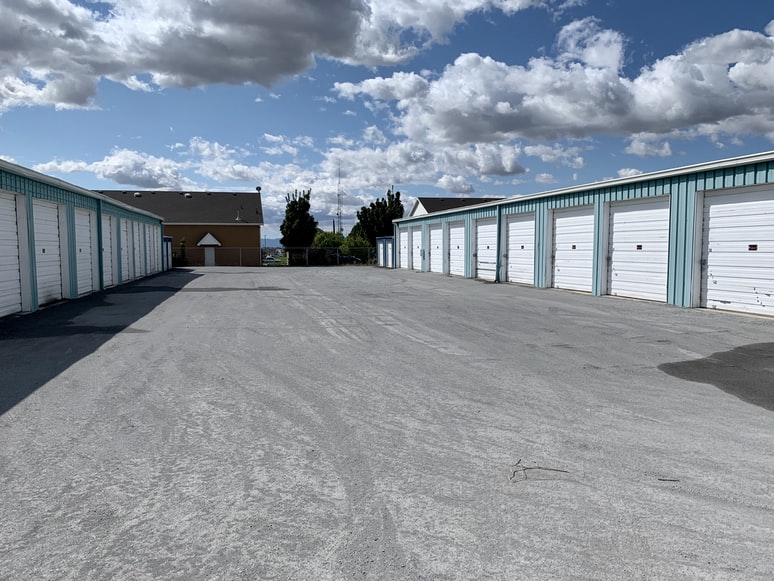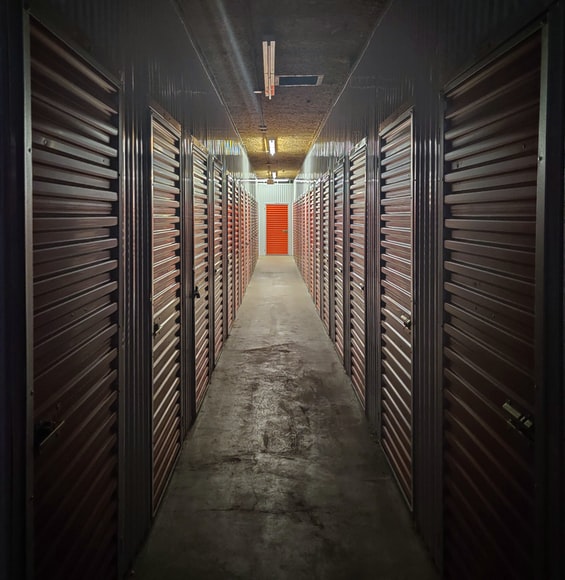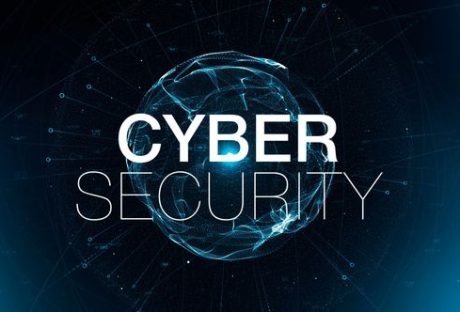Over the years, we tend to accumulate many things that we want to keep or use only on occasions and, eventually, our homes run out of space. As much as getting rid of some things to declutter your space might be a good idea, certain items have special meaning or use to use, and we just can’t afford to lose them.
That’s where storage facilities come in.
Storage facilities provide people with room to use as storage for their items. While storage space facilities are available all over, you want to find one that checks all the boxes and ensures your belongings will be just as you left them the first time over.
To help you find a safe outside storage facility, here are some tips you should consider as you conduct your search.
How Much Space Do You Need?

When searching for an outdoor storage facility, the most important factor to consider is the number and size of items you want to store. There are many storage sizes available for different needs so consider the quantity and size of what you need to be stored.
If your things can fit in several boxes, small storage space might cut it. However, you would want to consider a larger space if your items are plenty in quantity, large in size, or if you plan on bringing in more things to the storage unit with time.
How Safe Is Your Stuff?
Naturally, you want to go with a facility that can ensure safety for your items at all times. For this reason, you should seek out a space that has a good security system.
Are there guards on site for 24-hour security? Do they have surveillance cameras? Do they offer storage space opened using biometrics?
These questions might seem many, but they will help you understand the level of security that will go into keeping your belongings safe.
Check its Accessibility
Storage space could be a long or short-term plan, so if you intend to use your box full of holiday decorations during the year, you will need a storage space that gives you access to the room 24/7 365.
This is important in emergencies where you may need something from the storage unit because you have guests or an event at your home.
Is It Pest- Free?
Insects and rodents can damage goods in storage units. A good storage facility will ensure that their spaces are pest-proof to protect your stuff.
Choose a facility with mouse-proof doors and constant extermination and fumigation practices to ensure that insects do not infiltrate your unit and destroy your property.
Items such as clothes and books are especially vulnerable in storage spaces if the preventive methods are ineffective, so ask about their measures to save you the disappointment of losing your precious belongings.
Can It Stand the Rain?
If you are searching for outdoor storage space, weather conditions should always be at the back of your mind. In light of changing weather conditions, you want to be confident that your goods will not be exposed to harsh weather elements.
As such, go for climate-controlled units that are not affected by weather changes. Rainy and dry seasons can do a lot of damage to items such as furniture, electronics, and clothes, so try and go for a waterproof and dustproof storage unit to ensure your belongings are always kept intact.
In a Nutshell
Storage spaces are everywhere, and you can find one quickly and easily. But you need to make a careful choice if you want your items to be safe and secure all the time.
Therefore, consider the tips highlighted above to find a professional and reliable outdoor storage facility for your needs.
Read Also:























